



Evaporative demand is the near-maximum amount of water that will evaporate from a given piece of land if enough water is available.
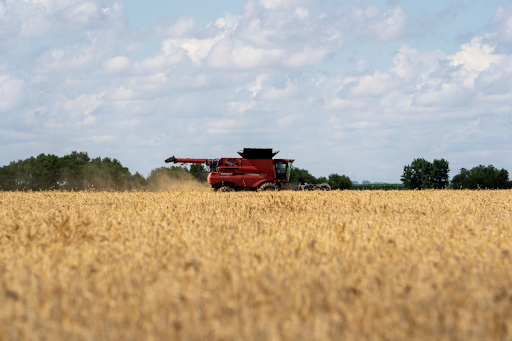
Copyritgh infringement not intended
Source: The Hindu
Rising evaporative demand in India has highlighted significant gaps in the country's climate data and research.
Evaporative demand, also known as potential evapotranspiration (PET) or "atmospheric thirst," measures the atmosphere's ability to draw moisture from the land surface and vegetation via evaporation and transpiration.
|
Evaporative Demand |
Also known as Potential Evapotranspiration (PET) or "atmospheric thirst"; measures the atmosphere’s ability to pull moisture via evaporation and transpiration. |
|
Evaporation |
Water changes from liquid to vapor, removing moisture from soil or water bodies. |
|
Transpiration |
Plants release water vapor through leaf pores after absorbing it from roots. |
|
Factors Increasing Evaporative Demand |
High temperature, low humidity, strong winds, and high solar radiation. |
|
Factors Decreasing Evaporative Demand |
Cool temperatures, high humidity, calm winds, and cloud cover. |
|
Thirstwaves |
A term for prolonged periods (e.g., ≥ 3 days) of unusually high evaporative demand; considers multiple atmospheric conditions beyond just temperature. |
High evaporative demand makes a significant contribution to
Source: The Hindu
|
Practice Question: Q. With reference to Evaporative Demand, consider the following statements: It refers to the amount of evaporation that would occur if water is unlimited. It is influenced by temperature, wind speed, solar radiation, and humidity. Higher evaporative demand during drought conditions leads to increased soil moisture. Which of the statements given above is/are correct? A) 1 and 2 only B) 2 and 3 only C) 1 and 3 only D) 1, 2 and 3 Answer: A) 1 and 2 only Explanation: Statement 1: Correct. Evaporative demand is the "atmospheric thirst"—the amount of water that would evaporate and transpire if sufficient water was available. Statement 2: Correct. It depends on temperature, wind speed, solar radiation, and humidity—all key climatic variables. Statement 3: Incorrect. Higher evaporative demand reduces soil moisture by pulling more water from the soil and vegetation, not increasing it. |
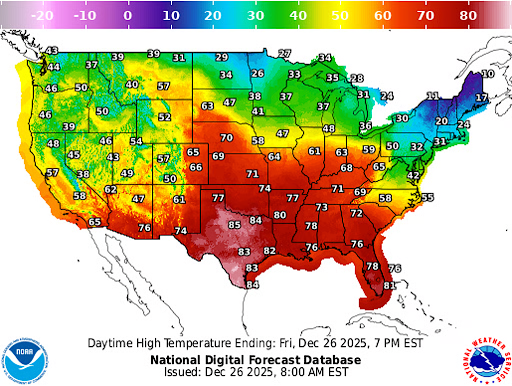
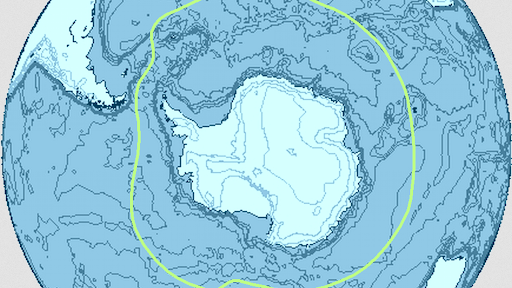
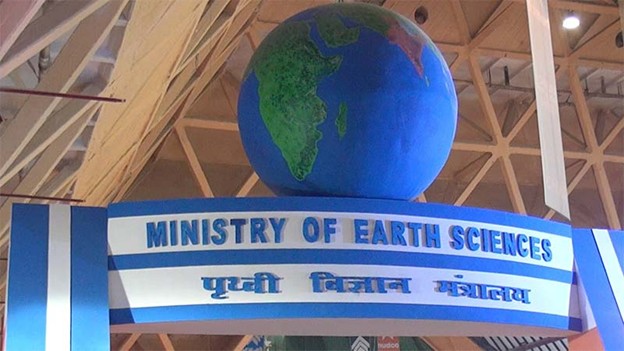


© 2026 iasgyan. All right reserved